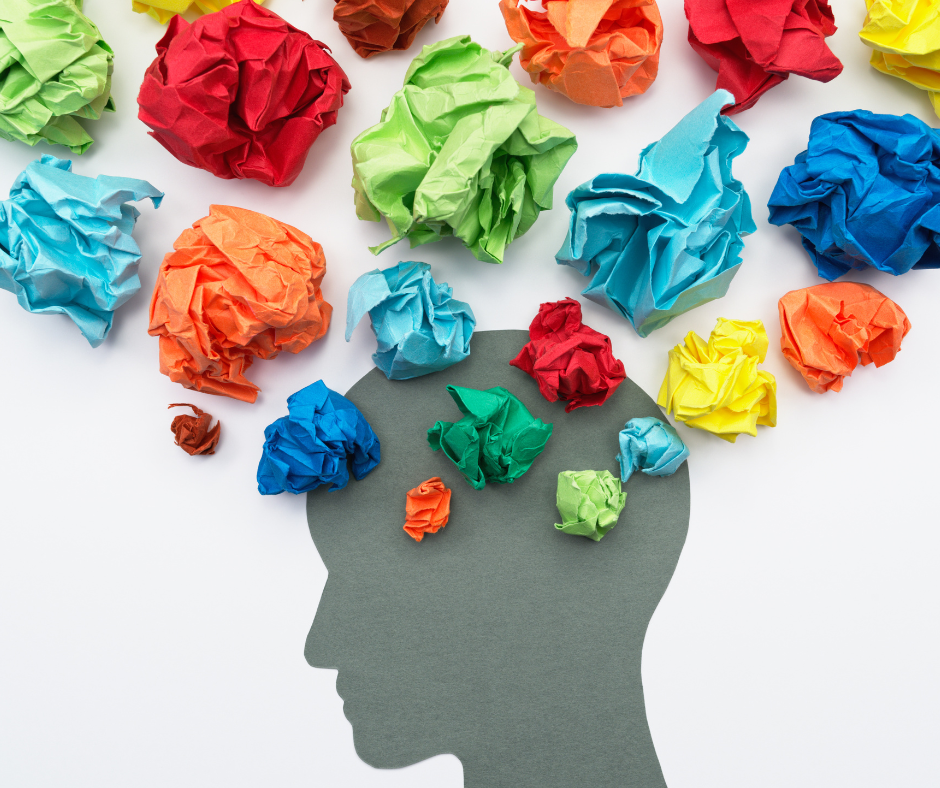I was raised to think that emotions were something to be suppressed and controlled, and showing emotion was a sign of weakness, especially at work. Whether it was showing fear or regret or even showing too much happiness or feelings of accomplishment, it was an opening for someone to take advantage of you.
But I’m here to tell you that this viewpoint has some serious problems. Namely that emotions are a normal part of the human experience and trying to suppress them can lead to sudden outbursts of emotion or even worse, depression and chronic illness. So let’s talk about emotions.
Since we have established having emotions is something you’re not going to be able to just ignore (trust me I’ve tried), then we need to figure out how to work with our emotions to our highest benefit.
“We need to figure out how to work with our emotions to our highest benefit.”
Emotions are Information
Instead of thinking of emotions as the enemy, it’s more productive to think of emotions as information. For years, economists had models of how the stock market worked, based on humans making rational decisions about what was in their financial best interests. Over and over again, these models failed to predict actual human behavior. Now we know that humans rarely make decisions based 100% on a logical, cognitive process.
We Make Emotional Decisions
Almost all human decisions have a large emotional component. When I first heard this, I was offended. Surely, MY decisions were rational and not emotional. Not so much it turns out, I’m just like everyone else. I make mostly emotional decisions, but my mind tells me the backstory that I made the decision rationally. Frustrating, yes, but now that we have this new understanding of human decision-making we can make even better decisions.
Emotional Fitness
One way to make better decisions at work and in life is to understand our own emotions, so we can better understand the role they are playing in our behavior. I like to use the term “emotional fitness” to describe a healthy emotional baseline. Just like physical fitness, it’s a measure of health and not something your trip over and acquire, but rather something that is incrementally built and maintained.
What are the components of emotional fitness?
Labeling Emotions
A critical skill is to be able to recognize a range of emotions in yourself. When I first landed in the counselor’s office during a deep period of grief and loss, I found that he spoke a language that I did not understand. It turned out that although I knew many of the words that described emotions, I had not mastered the skill of matching them to my own emotional state. I had been too busy suppressing and ignoring my own emotions. I had to learn to label my own internal emotional state and to be able to have a conversation with my therapist about how I felt. It took a while for me to get up to speed on this. Each time he asked me how I was feeling, I gave him an intellectual reason for why, rather than an actual answer about my own emotional state. Luckily he was patient, and slowly I learned this new skill. It turns out that once you learn this for yourself, you can use it to help understand what others are feeling as well.
Emotional Mastery ≠ Showing No Emotion
I used to think that emotional mastery was when I could go through the work day without showing emotion. But that’s just not realistic. What is a more reasonable goal is to shoot for equanimity, the ability to remain calm and cool in a difficult situation. That’s great to say but how can you actually deal with difficult emotions that pop up as a normal response to situations at work?
Mindful Self-Compassion
It’s important to note that a first step towards equanimity is to develop self-compassion, which lays the groundwork for emotional fitness. Self-compassion is the skill and ability to be kind and support of yourself in the moment, especially when in a moment of suffering. Dr. Kristin Neff, its premiere researcher, has developed Mindful Self-Compassion, an empirically-proven program to raise levels of self-compassion.
“Self-compassion is the skill and ability to be kind and support of yourself in the moment, especially when in a moment of suffering.”
Soften Soothe and Allow
A technique designed to deal with difficult emotions can be found in the Mindful Self-Compassion Curriculum. Soften, soothe and allow is a process of being able to recognize a difficult emotion, soften and soothe it with a body visualization process and to then allow the emotion to be just as it is. This seems very counterintuitive if you have been dealing with difficult emotions but stuffing them out of your mind. But, by allowing the difficult emotion to exist, you can much easier begin to learn what wisdom it has to teach you, which will take you far in your professional success.






